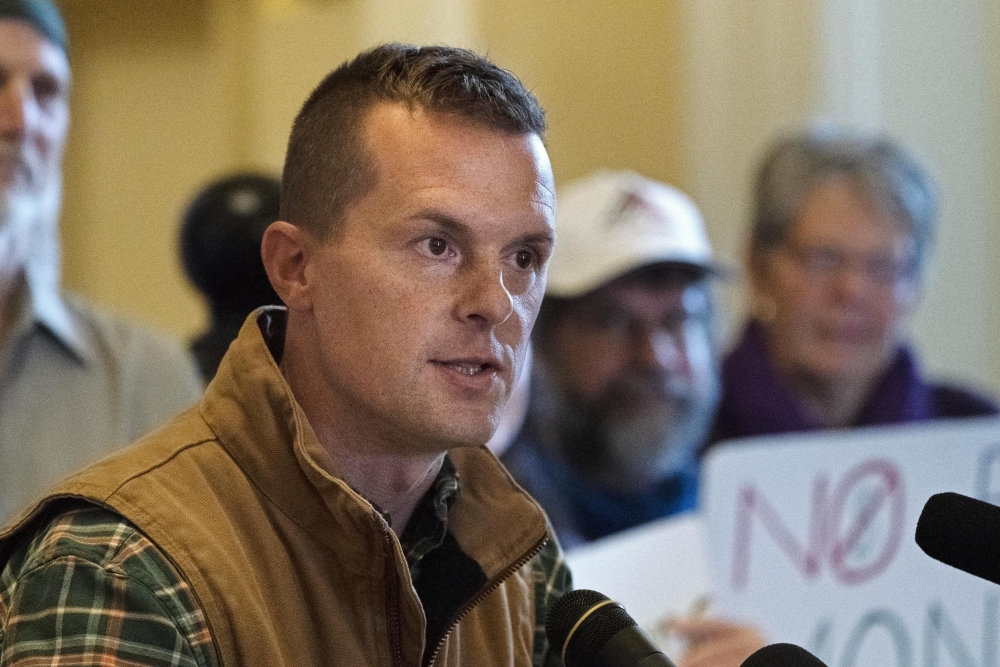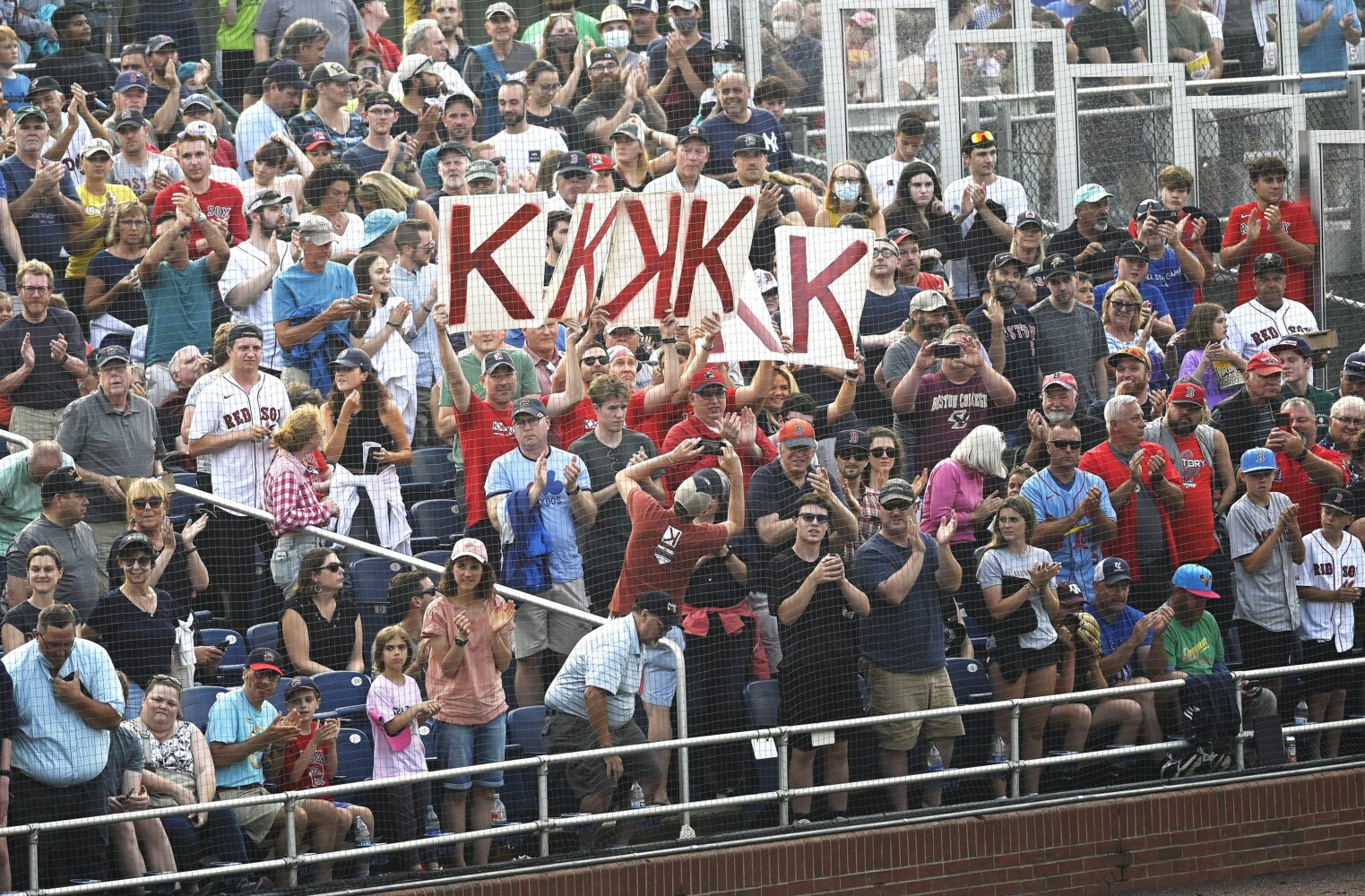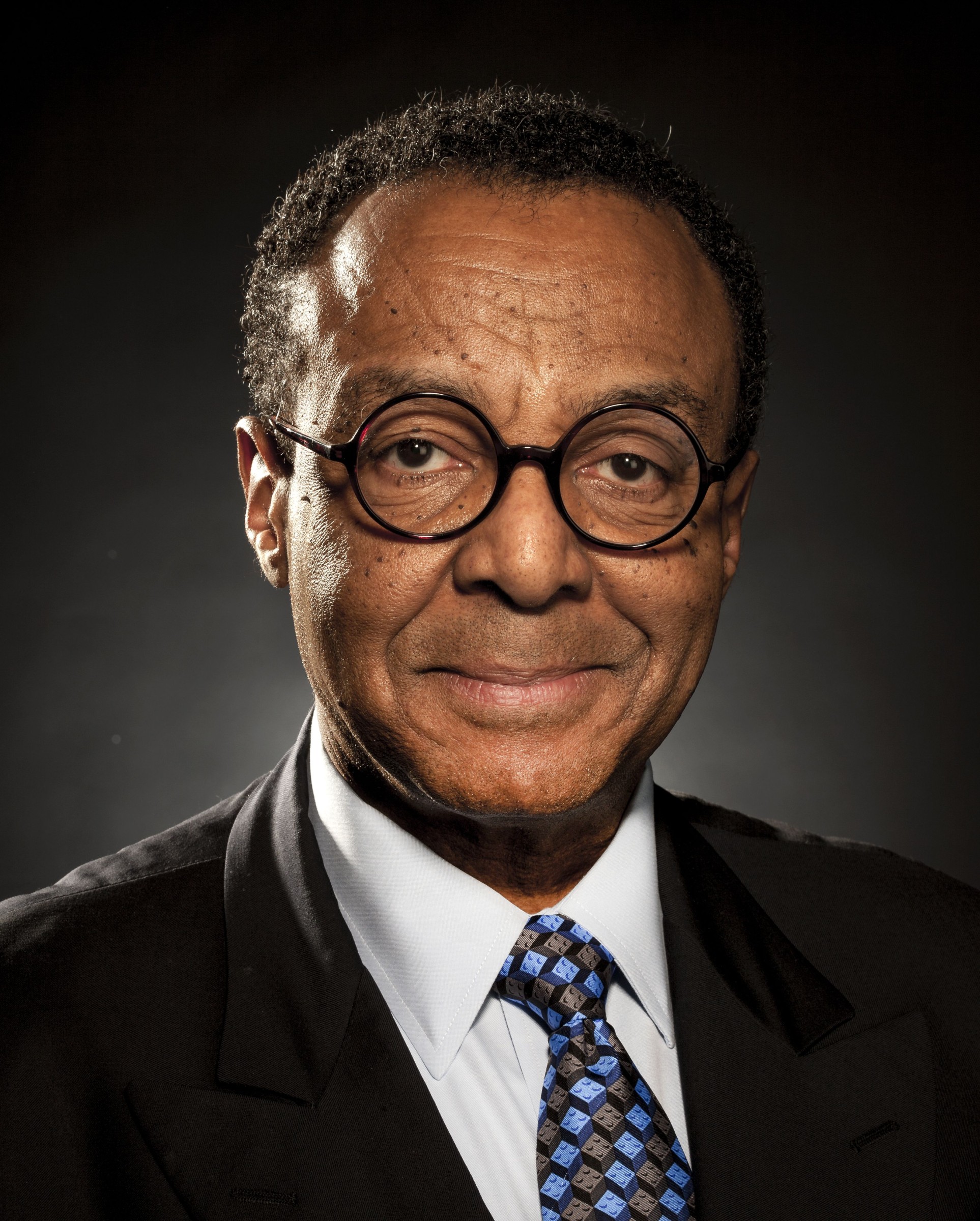
OTTAWA — Conservative Leader Pierre Poilievre says the Canada-U.S. relationship can be salvaged, while Liberal Leader Mark Carney says it’s basically “over” and time to seek allies elsewhere.
That’s the key difference in the approach of the two major party leaders toward how they propose to deal with U.S. President Donald Trump and his short- and long-term threats to Canada’s economy and independence.

Carney says if Trump can be persuaded to reach a new comprehensive economic and security agreement with Canada, he is willing to negotiate with the U.S., but his sights are already on Europe.
Poilievre says if Trump cannot be persuaded to drop threatened tariffs, he too is keen to find other dance partners. All major party leaders in Canada call Trump’s tariffs “unjustified.” But their language on the campaign trail reflects that they see the future through different prisms.
Poilievre’s rhetoric is less aggressive. He told the U.S.
president twice to “knock it off,” yet he counters — and echoes — Trump’s “America First” trade agenda with a “Canada First” platform as he holds the door open to Canada and the U.S. becoming more integrated, not less.
If they trade more, Poilievre said Monday, both countries will benefit, “allowing us to spend massively on our military, so that both Canada and the U.S., separately but co-operating together, are stronger, safer and richer.
” He thinks that within two years, the U.S. congressional elections will put pressure on Trump’s Republicans and swing the Americans back into Canadian arms.
“I believe, presented with that choice, particularly as they get closer to midterm elections, I think that the Americans will, in the end, be forced to reverse these disastrous tariff policies,” Poilievre said in New Brunswick. Carney, who remains prime minister through the campaign period, is doubtful, saying the U.S.
has changed course. He bluntly demanded “respect” from Trump as a condition of meeting in person, called tariffs a “direct attack” on Canada, and said even if a new deal can be reached and an “element of trust” restored, “there is no going back.” “The old relationship we had with the United States based on deepening integration of our economies and tight security and military co-operation is over,” Carney said after Trump ordered 25 per cent auto tariffs on top of 25 per cent steel and aluminum tariffs.
Carney has already travelled to France and Britain to pitch Canada as “the most European of non-European countries,” a willing partner in the project to rearm Europe and protect Ukraine, and ultimately interested in deeper security and trade ties across the Atlantic. Both Carney and Poilievre say they will assert Canada’s Arctic identity, sovereignty and defence as a bulwark against any of Trump’s designs on the north. Yet, in a week when Trump’s threat to reciprocate with more tariffs against other nations’ “unfair” trade barriers to U.
S. products is effectively a ticking time bomb that nobody knows how to defuse, Canadians are paying close attention to not only what the Canadian political leaders say but also what they will do. In that debate, the NDP is struggling to be heard in what is shaping up to be a two-way battle between the red and blue teams.
The central question for voters in this election “is Donald Trump’s tariffs, and who will be fighting for you,” said NDP Leader Jagmeet Singh Monday, but he contended the Liberals and Conservatives are indistinguishable — each only out to protect big oil and gas, corporations, and billionaires, not ordinary Canadians. ” We cannot win that battle against Donald Trump by becoming more like him. We have to reinforce our values, the values that we hold dear,” Singh said.
That ignores differences in the main parties’ platforms. Poilievre and Carney propose short-term measures, promising relief or compensation for workers and companies hard hit by Trump’s tariffs and counter-tariffs on American imports to punch back. Carney has provided more detail, announcing changes to the employment insurance program to allow more worksharing, and to expand eligibility and duration of benefits for laid-off workers; providing more liquidity, tax deferrals and credit supports for businesses and farmers; and vowing that counter-tariff revenues would be used for those purposes.
Poilievre has said no tariff revenue should go into government coffers and has pitched “massive” tax cuts for Canadians as a way to “create jobs and that will help build Canada’s economic fortress against American threats.” Poilievre wants “dollar-for-dollar” counter-tariffs that would have maximum impact on the Americans and minimal impact on Canadian consumers — which Carney initially supported in the Liberal leadership race before conceding (once in office) that there are “limits” on just how much pain Canada can inflict on the American economy because it is 10 times larger and more able than Canada to absorb the impact of a trade war. Poilievre has not specified what his counter-tariff package would be.
So far, the Liberal government has given the green light to about half of its planned counter-tariff package against $155 billion worth of American imports, slapping retaliatory levies on about $60 billion worth of American products, and is holding off on measures against another $65 billion worth to see what April 2 brings from the White House. Poilievre, an ardent defender of Alberta’s energy industry and provincial jurisdiction over resources, has not specifically answered whether he supports or opposes using export tariffs, since dodging the question in January. In the medium term, Carney and Poilievre promise to eliminate internal trade barriers within Canada.
Carney has proposed legislation to repeal any federal regulations that serve as barriers. Poilievre has dangled financial incentives for any provinces that lift their own. Over the long term, Carney proposed two specific measures, a $2-billion fund to help the Canadian auto sector adapt and become less reliant on the U.
S., and a $5-billion fund to establish a “trade diversification corridor” aimed at boosting infrastructure for “nation-building projects” at ports, railroads, inland terminals, airports and highways to ship resources within Canada and to overseas markets. Poilievre promised on Monday that a Conservative government would establish a “national energy corridor” that would set aside pre-approved land to bypass the U.
S., offering “legally binding commitments to approve projects” such as transmission lines, railways, pipelines, but with no price tag attached. In what may be the start of the Trump pivot many Conservatives called on their party leader to make, Poilievre cast his Sunday pledge to defer capital gains taxes for businesses that reinvest in Canada, and the national energy corridor as directly in response to the tariff threats.
It’s far from over. Brian Clow, former deputy chief of staff and adviser on Canada-U.S.
to Justin Trudeau, said all political parties “need to strap in for another volatile week on tariffs. This U.S.
administration doesn’t make decisions until they reach their own self-imposed deadlines, and even then they’ll sometimes totally reverse those decisions within a matter of hours. So April 2 will be just like Jan. 20, Feb.
3, and March 4 when Canadians and the political environment were completely seized with Trump’s tariffs.”.















